Great weather, endless seaside and fabulous food make property in Puglia a perennial favourite for buyers in Italy. Fleur Kinson guides you through this wonderful, affordable southern region
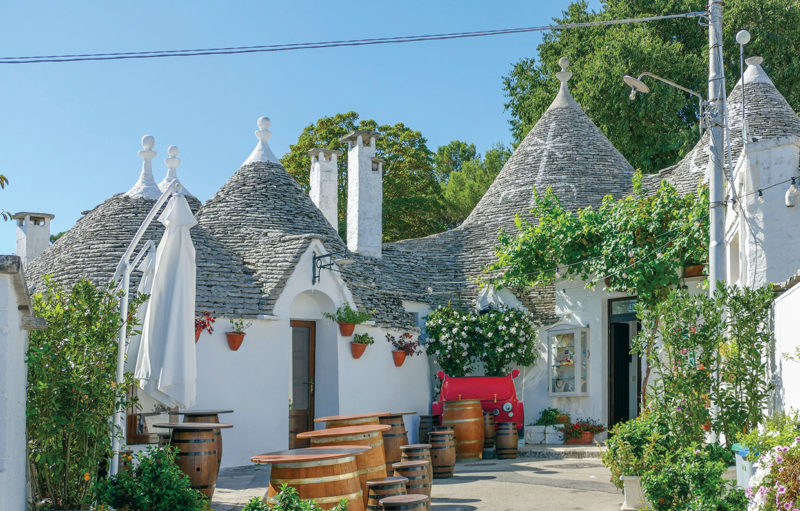
Distinctive on the map as the ‘high heel’ of the Italian boot, Puglia sticks out from the bottom of the Italian mainland to be embraced by the sea on both sides.
It has the longest coastline of any Italian region, with about 500 miles of seaside – ranging from chalk-white or golden sands to dramatic rocky cliffs. With all that coast basking in warm southern weather, Puglia has long been loved by holidaymakers from northern Italy.
It burst onto the international scene in the early 2000s when budget airlines put it within easy reach, and since then it’s never looked back, becoming hugely loved by foreign visitors and homebuyers, especially as its properties have remained such excellent value for money.
Puglia at a glance
The region
Puglia is the ‘heel’ of Italy’s ‘boot’, an uncluttered region known for its whitewashed towns, ‘trulli’, food (especially the olives), and the fabulous weather. Popular with tourists and homebuyers, it is served by airports at Bari and Brindisi.
The climate
Mild winters and hot summers with plenty of sunshine all year round – in fact, the very name ‘Puglia’ means ‘the place with no rain’. The geography means you are never far from the sea, and the topography means you are never at any real altitude, so even winter nights are rarely very cold.
The culture
Lecce – ‘the Florence of the South’ – where the Baroque marries with the ancient and the modern, is the architectural highlight. Gallipoli is also architecturally interesting. Bari is a bustling modern city that is becoming increasingly trendy.
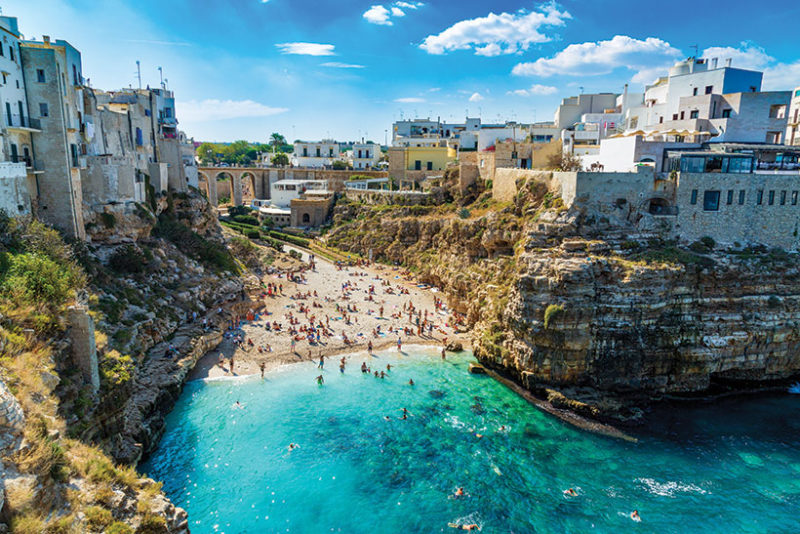
Puglia in depth
Puglia is very distinctive in terms of its look and feel, cuisine and culture. It can seem almost like a little country of its own.
There are unique building styles to charm the eye here, such as the famous conical trullo roofs, which give a fairytale air to little teapot cottages, the square white lamia cottages, which resemble giant sugar cubes, and large, elegant masseria farmhouses that stand serene amidst vast olive groves.
Old towns of cubic whitewashed buildings make you think you could be on a Greek Cycladic island.
Puglia’s Greek feel is no coincidence. The region was settled by Greeks about two and a half thousand years ago and was politically or culturally part of Greece for centuries.
Puglian dialects and foodstuffs still show traces of this Hellenic legacy, as arguably does the typical Puglian character, which is powerfully hospitable, and also rather quieter and more reserved than the flamboyant southern Italian stereotype.
There’s a calm and orderliness to Puglia that you might not immediately associate with Italy’s otherwise exuberant south.
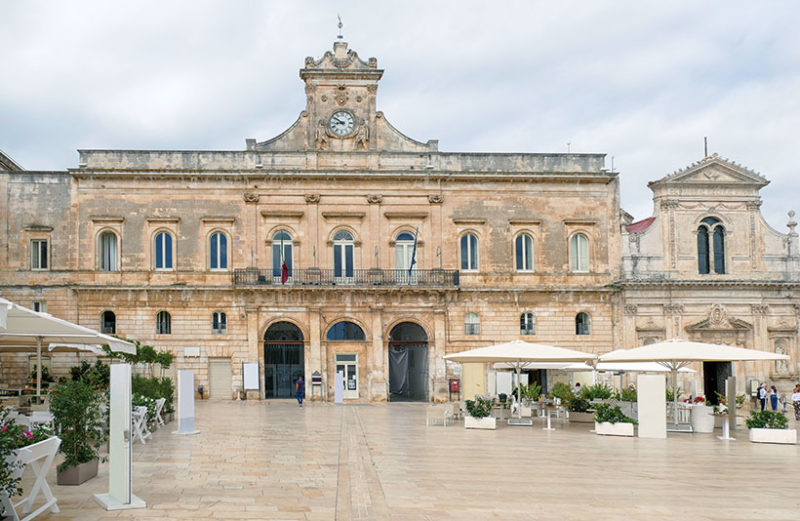
Puglia is a strikingly tidy and well-run sort of place. It has a low population density, low unemployment, a very low crime rate and very little corruption. It’s one of the most prosperous parts of southern Italy and enjoys all-round good facilities.
Even the ground underfoot seems not to want to cause any trouble.
Thanks to a particularly benign geology, the southern half of Puglia has fewer earthquakes than almost any other part of Italy.
Property in Puglia
Unfailingly popular with foreign buyers for more than twenty years, neither Brexit nor the Covid pandemic made much of a dent in the sale of Puglian homes.
Estate agents report that there were some very busy periods during the pandemic as prospective buyers came to Puglia to view properties whenever travel restrictions were lifted.
British buyers, who first pioneered the foreign-buyer market in Puglia in the early 2000s, are still coming here too, although as non-EU citizens they can now only stay for 180 days per year in their holiday homes without obtaining a special visa. (Still, that’s a long enough chunk of time that most British buyers are undeterred.)
Johan Zetterberg of the Puglia specialist estate agency Casa Puglia describes 2021 as a “record year” for property sales, “with dedicated property hunters from the UK, the Netherlands, France and Germany, as well as from northern Italy.”
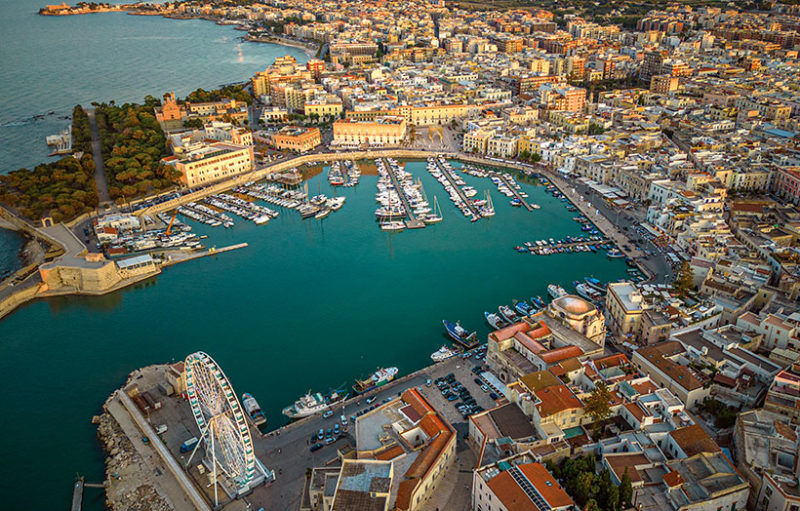
The affordability of homes in Puglia, compared to Italian regions further north, remains an attraction. Currently, small country houses needing restoration start at about €30,000.
Simple, modern-built two-bedroom villas start at about €70,000, three-bedroom villas at about €100,000.
Two-bedroom seaside apartments start at about €100,000, as do old rural houses with land.
For €250,000, you might buy a seaside villa, a three-bedroom home with a pool, an old country house or a renovated two-bedroom villa topped with trullo cones.
Puglia’s masseria mansion-farmhouses generally start at about €400,000.
Property prices in Puglia
Obviously, some areas of Puglia are pricier than others, and you’ll need an overall picture of the region to help you decide where to buy.
To begin with, note that Puglia is a long, thin region and that it’s useful to divide the place into two halves, with the city of Bari as a kind of mid-point.
Everything north-west-ish of Bari is the half of Puglia that has been the least popular with visitors and property buyers.
Up here, the sea meets the region from only one side, instead of the two coasts found in the southeastern half.
Much of the terrain is quite flat in this northwestern half, which some people find uninteresting, and this is also the only part of Puglia that sees significant levels of seismic activity.
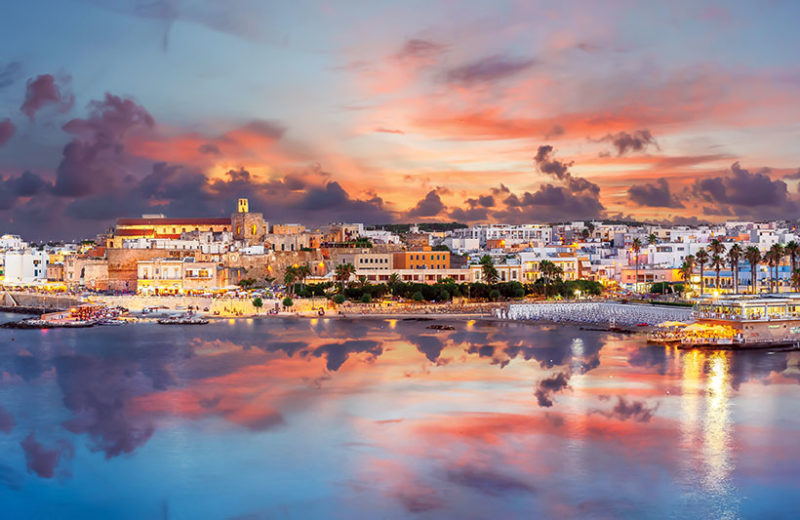
Southeast of Bari, you’re on the Salento Peninsula, the actual heel that sticks out into the sea, and this is the half of Puglia that draws almost all the buyers. It can itself be divided into two halves: Upper Salento and Lower Salento.
Upper Salento is a lovely area of undulating countryside, giant olive trees, trullo cottages, beautiful old towns and pale sandy beaches.
It contains the beautiful Itria Valley area and charming small cities and towns such as Brindisi, Ostuni and Polignano a Mare.
Lower Salento is slightly drier and rockier, with white cliffs vying with coarse sand to meet the dazzling water.
The handsome baroque city of Lecce is down here, as well as the fascinating old seaside town of Otranto.
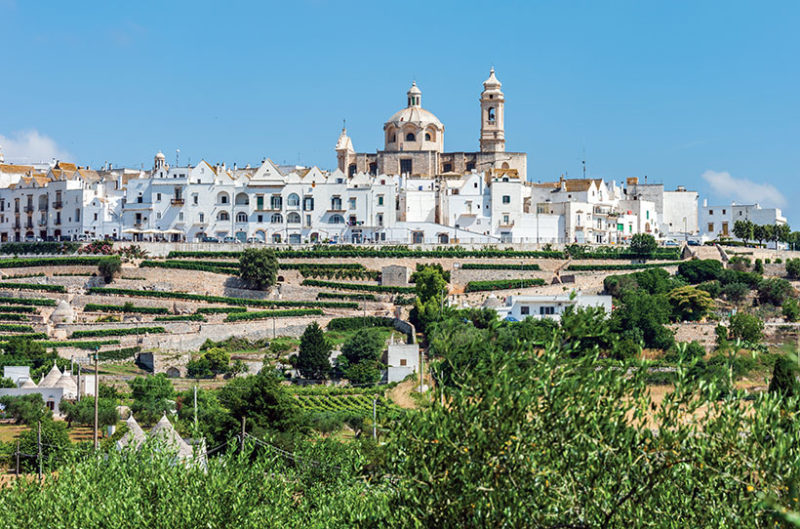
Upper Salento is often pricier than Lower Salento, but Johan Zetterberg of Casa Puglia points out that there’s a lot of variation in price across Upper Salento.
“The highest priced area,” he says, “is in our ‘golden triangle’, drawn from seaside Monopoli, inland to Martina Franca, and then across to Ostuni and Carovigno.”
He says you might get a four-bedroom modern villa with a pool and a sea view in Carovigno for €590,000, a three-bedroom trullo house with a pool near tourist town Alberobello for €500,000, or a two-bedroom apartment with sea view in Polignano a Mare for €250,000.
But just outside the Golden Triangle, you can find great value for money.
“There are many two- or three-bedroom villas which need some tender loving care from €100,000 to €180,000 in the area south and southeast of Ostuni, parts of inland Carovigno, San Vito dei Normanni and Ceglie Messapica,” Johan says.
And homes in perfect condition can be reasonably priced in these areas, too, he adds.
You might get a newly refurbished three-bedroom trullo home for €190,000 in San Vito dei Normanni, or a two-bedroom villa with trulli in Ceglie Messapica for €145,000.
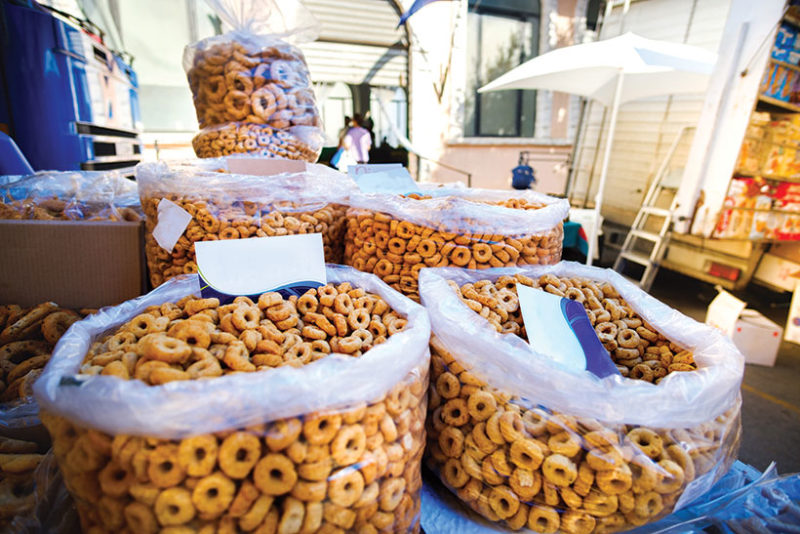
Building and restoring property in Puglia
With its eye-catching building styles and abundance of properties available to restore, Puglia has always been an attractive region to buyers hoping to bring an old property back to life and create a bespoke home for themselves.
The region’s builders and craftsmen are very highly skilled, and many teams will offer you a fixed-price contract for the work, so you know from the start exactly how much you’ll spend.
Unlike in certain other Italian regions, it is still cheaper to buy and restore in Puglia than to buy a fully restored property.
Johan Zetterberg of Casa Puglia says, “The price of a ready-restored home is typically 20 per cent higher compared to the cost of buying a house and doing it up.”
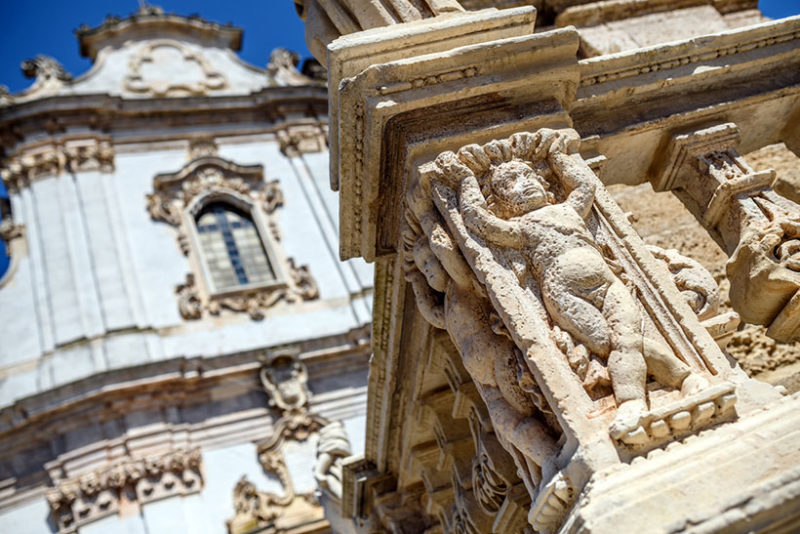
Rather than restoring an old home, some buyers prefer to buy land and build a house from scratch.
Again, this is often easier in Puglia than in some other Italian regions, but you’ll still have to get all the relevant planning permissions, of course.
Local estate agents can be an invaluable help in this process.
Johan Zetterberg says, “We have several clients buying land, often containing a small farm building, and applying for permission to build a new villa of 150 to 250 sqm using the old farm building as an annexe.
These projects typically take three years from start to finish.
Land prices vary from €50,000 per hectare inland to €250,000 per hectare with a sea view.”
Whether you’re looking to build, restore or buy a finished house at reasonable cost somewhere with great weather, beautiful countryside, abundant seaside, lovely people and stupendous food and wine, Puglia makes an excellent choice.
Useful contact: www.casapuglia.com
Discover more about holidays, food, and lifestyle in Puglia
Words by Fleur Kinson
